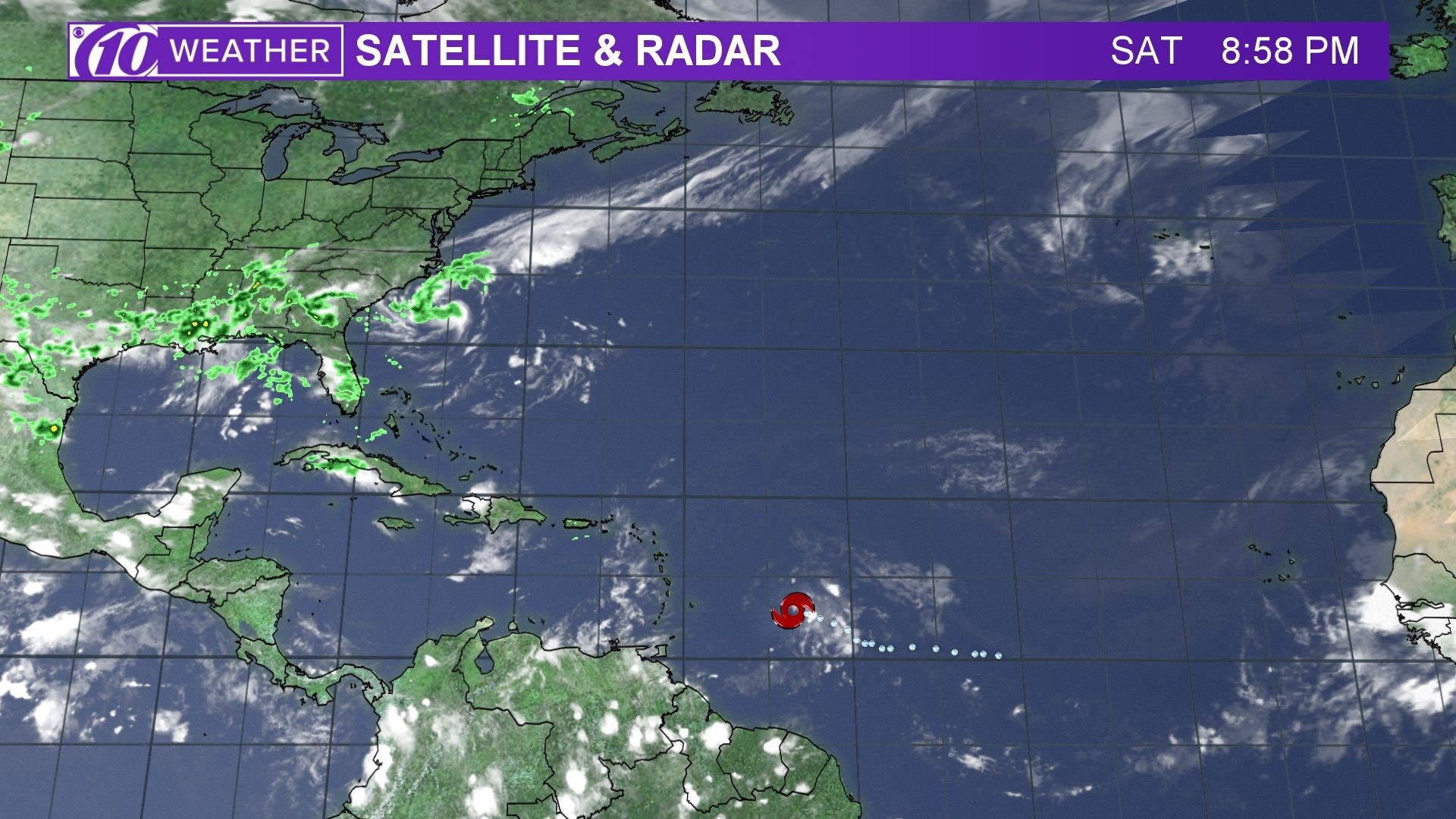Hurricane Beryl Spaghetti Models

Hurricane beryl spaghetti models – Spaghetti models are a collection of computer simulations that predict the possible paths of a hurricane. Each line in a spaghetti model represents one possible path that the hurricane could take. Spaghetti models are used by hurricane forecasters to help them determine the most likely path of a hurricane and to issue warnings for areas that are at risk.
Visual Representation of Spaghetti Models for Hurricane Beryl
The spaghetti models for Hurricane Beryl show a wide range of possible paths for the hurricane. Some of the models predict that Beryl will make landfall in Florida, while others predict that it will stay out to sea. The most likely path of the hurricane is shown by the thickest line in the spaghetti model.
How to Interpret the Different Lines in Spaghetti Models
The different lines in spaghetti models represent the different possible paths that a hurricane could take. The thicker the line, the more likely it is that the hurricane will follow that path. The spaghetti models also show the range of possible outcomes for the hurricane. The outer lines in the spaghetti model show the most extreme possible paths that the hurricane could take.
Factors Influencing Spaghetti Model Accuracy

The accuracy of spaghetti models is influenced by various meteorological factors that affect the path and intensity of hurricanes. These factors include:
- Wind shear: Differences in wind speed and direction at different altitudes can cause a hurricane to deviate from its predicted path or weaken its intensity.
- Ocean temperature: Hurricanes rely on warm ocean waters to maintain their strength. Cooler waters can weaken or dissipate a hurricane.
- Atmospheric pressure: The difference in atmospheric pressure between the center of a hurricane and the surrounding environment drives its winds and intensity.
- Steering currents: Large-scale atmospheric patterns can influence the direction and speed of a hurricane’s movement.
Ensemble Forecasting
Ensemble forecasting involves running multiple model simulations with slightly different initial conditions. This helps to account for uncertainties in the initial data and provides a range of possible outcomes. By considering the ensemble spread, meteorologists can assess the reliability of spaghetti models and make more informed predictions.
Limitations and Uncertainties
Despite their usefulness, spaghetti models have limitations and uncertainties:
- Chaos: The atmosphere is a chaotic system, and small changes in initial conditions can lead to large differences in the predicted path and intensity of a hurricane.
- Data availability: Spaghetti models rely on real-time data, which can be limited or inaccurate, especially in remote areas.
- Model biases: Different models have their own strengths and weaknesses, and their predictions can vary significantly.
Applications of Spaghetti Models in Hurricane Preparedness: Hurricane Beryl Spaghetti Models
Spaghetti models are an essential tool for hurricane preparedness, providing valuable information to emergency managers and the public alike. These models help decision-makers understand the potential paths and intensities of hurricanes, enabling them to make informed decisions about evacuations and other protective measures.
One of the primary applications of spaghetti models is in determining evacuation zones. Emergency managers use these models to identify areas that are most likely to be impacted by a hurricane’s winds and storm surge. This information is then used to create evacuation zones, which are areas that residents are advised to leave before the hurricane makes landfall.
Disaster Planning
Spaghetti models are also used by emergency managers to develop disaster plans. These plans Artikel the actions that will be taken before, during, and after a hurricane, including evacuation procedures, sheltering arrangements, and recovery operations. By using spaghetti models to understand the potential impacts of a hurricane, emergency managers can develop plans that are tailored to the specific needs of their communities.
Ethical Implications, Hurricane beryl spaghetti models
The use of spaghetti models in public communication raises some ethical implications. One concern is that these models can be misinterpreted or misunderstood by the public, leading to unnecessary panic or complacency. It is important for emergency managers to communicate the limitations of spaghetti models and to emphasize that they are only one tool among many that are used to make hurricane preparedness decisions.